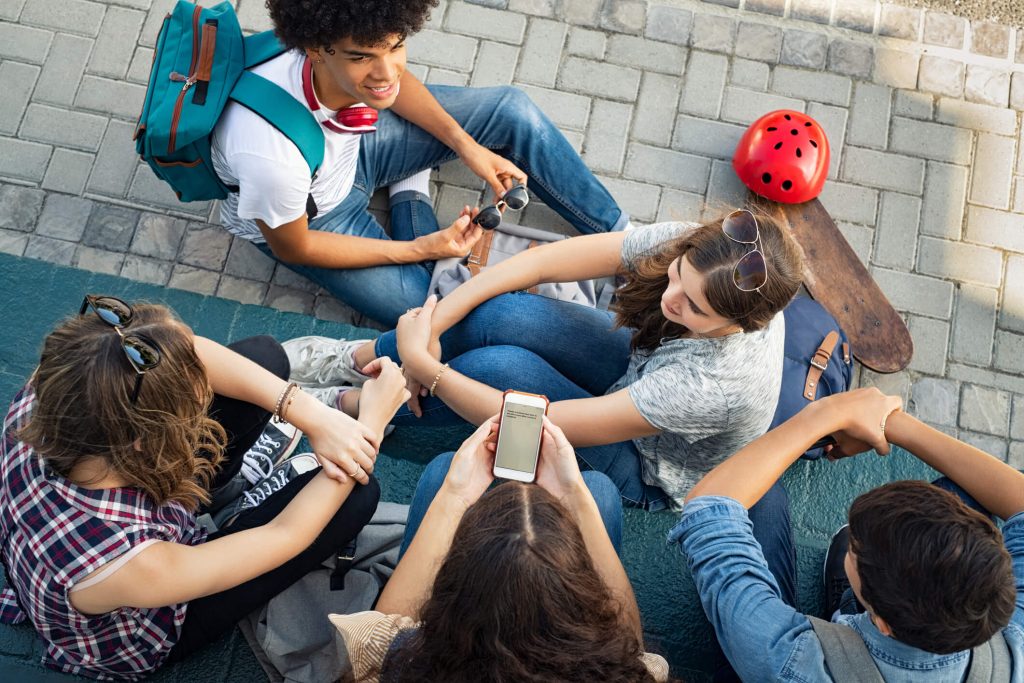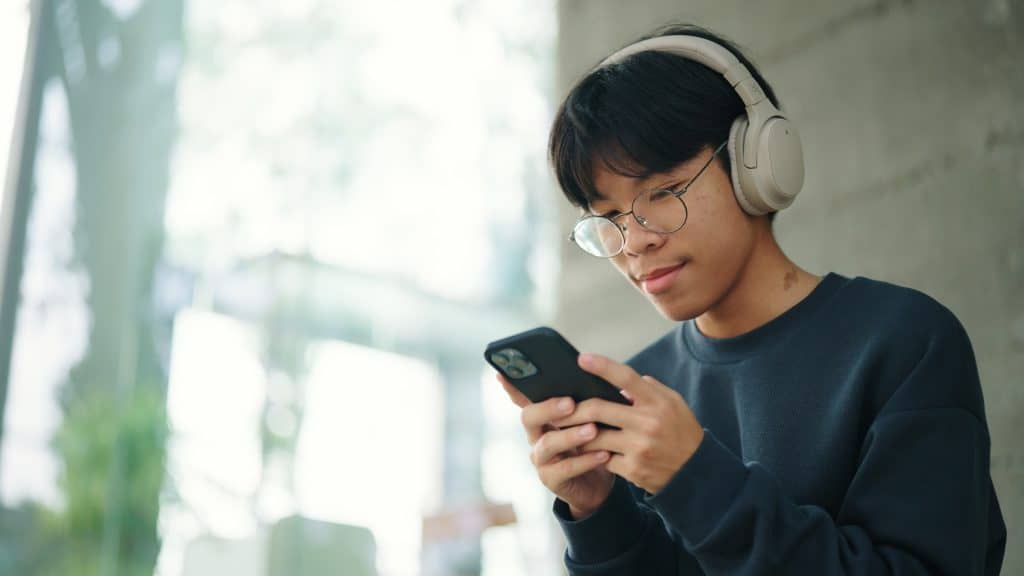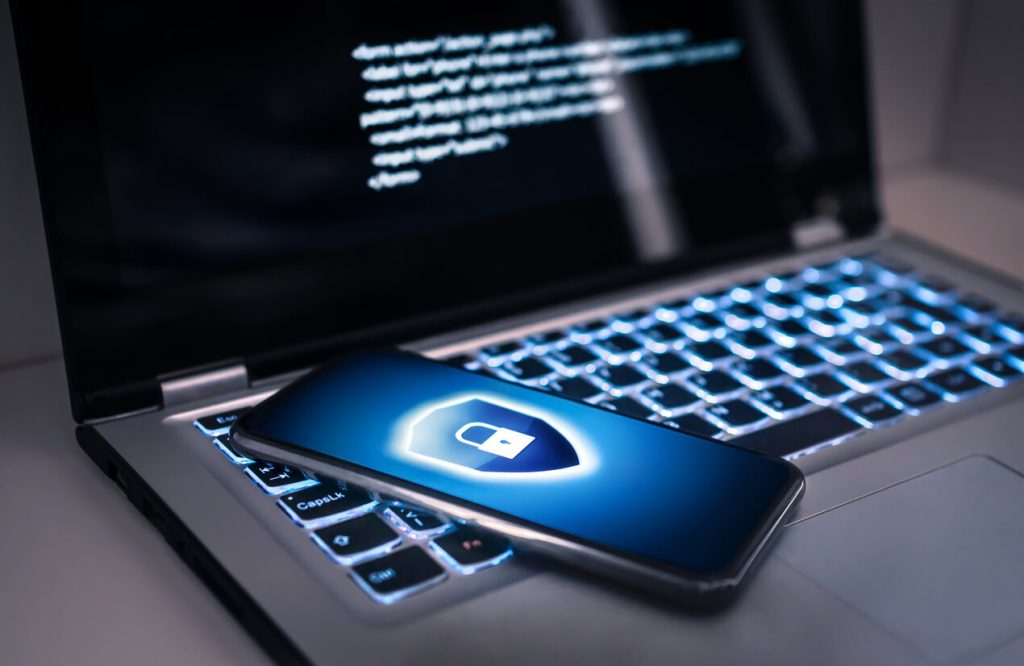How do parents and caring adults control YouTube? This is a very popular question since according to recent usage data, YouTube is the most popular digital destination for teens, beating out both Instagram and Snapchat.
Did you know there are over 71,000 videos watched on YouTube every second with over 300 hours of video uploaded every minute? The statistics are mind-numbing. In addition to hilarious cat videos, YouTube is also home to inappropriate content, including hardcore pornography.
And, because YouTube is one of the most popular destinations for kids and teens, via their website or the app, it’s important for parents and caring adults to understand its parental controls.
In this video, we’re going to show you how to protect your YouTube Searches with YouTube Strict Search, also referred to as Restricted Mode.
Setting Up YouTube’s Restricted Mode on a Laptop or Desktop Computer:
If you’re using a laptop or desktop computer, you are accessing YouTube.com through a browser like Chrome, Firefox, or Safari. Unfortunately, as of October 2017, YouTube changed their laptop and desktop web interface, which removed the ability to lock restricted mode on browsers.
This is a huge step backward for parents, who in the past, relied heavily on the lock feature to prevent most pornographic content. YouTube is calling this October update their “fresh look.” But, there is a workaround for this change.
- Go to YouTube.com and log in with your Google account (which is also your Gmail account)
- Click on your profile picture in the upper, right corner. There, the bottom two options should be “Restricted Mode” off/on or “Restore Old YouTube.”
- Click “Restore Old YouTube.”
- Once you’ve “Restored Old YouTube,” you’ll notice the “old” options at the bottom. To turn “Restricted Mode” on, click the arrow and choose “on.”
- You will then see a blue hyperlink with the words “Lock Restricted Mode on this Browser.” If you don’t use the lock setting, and just choose “Restricted Mode-On,” anyone will be able to turn off “Restricted Mode”. But, if you click “Lock Restricted Mode on This Browser,” you can lock these settings with your Google username and password to ensure nobody else can turn it off.
- Make sure that you do not click “Remember Password” at any time for your Gmail signin information, as this could allow anyone to change your “lock” settings.
- Click “Save.” You’ve now locked Restricted Mode on one browser.
- Repeat this process for all browsers (Safari, Chrome, Firefox, etc.) on the laptop or desktop.
Setting Up YouTube’s Restricted Mode on a Mobile Device:
Unfortunately, YouTube’s parental controls on a smartphone, like an iPhone or Android, are completely different than on desktop computers and laptops.
For iOS devices (iPod Touch, iPhone, or iPad):
- Open the YouTube app. If you’re using the app without being signed in, in the upper right corner, you’ll see a gray and white generic profile image. If you’re signed in, click your name.
- Click the image and then click “Settings,” which looks like a gear.
- Then select “Restricted Mode Filtering.” Your options are “Don’t filter” and “Strict.” You’ll want to select “Strict.”
- Unfortunately, there’s no way to lock these settings on the smartphone version of the app. Therefore, anyone can simply toggle the Restricted Mode off if they know where to find the toggle. For this reason, especially with young internet users, we recommend deleting the YouTube app. Have kids either use the YouTube Kids app or access YouTube.com through a filtered and monitored browser, like Covenant Eyes, which can monitor the YouTube videos are being watched. That way, you will have a history of the videos they are clicking on.
For Android devices:
- Open the YouTube app and click on the profile picture circle in the upper right corner.
- Select “Settings.”
- Then select “General,” and scroll down to “Restricted Mode,” which you will toggle to the right to make it blue.
- You can then click on the back arrow in the upper left-hand corner to exit Settings and return to the main menu. The settings you choose will save automatically.
- But just like with Apple’s iOS devices, there’s no way to lock these restricted mode settings, so we recommend a monitoring solution like Covenant Eyes to help parents stay on top of YouTube activity.








I am going to China (Shanghai, Sichuan, Yunnan provinces) for the month of July. I have a Windows laptop and an iPhone I want connections on, and I really only want to be able to access Gmail and some mobile apps like Facebook and Snapchat. I would like the cheapest one since it’s only for a month, so I was thinking of PureVPN. What’s your input? (I’m totally clueless when it comes to this stuff
Hi Harold! Thanks for your question. Unfortunately, we’re not compatible with VPN apps on the iPhone (since our app uses this function already). Not sure what to recommend for VPNs on other platforms – maybe you can find a one-month free trial somewhere! For more technical details or questions about compatibility with particular apps, please contact our support team at support@covenanteyes.com or 1.989.720.000!
Blessings,
Keith